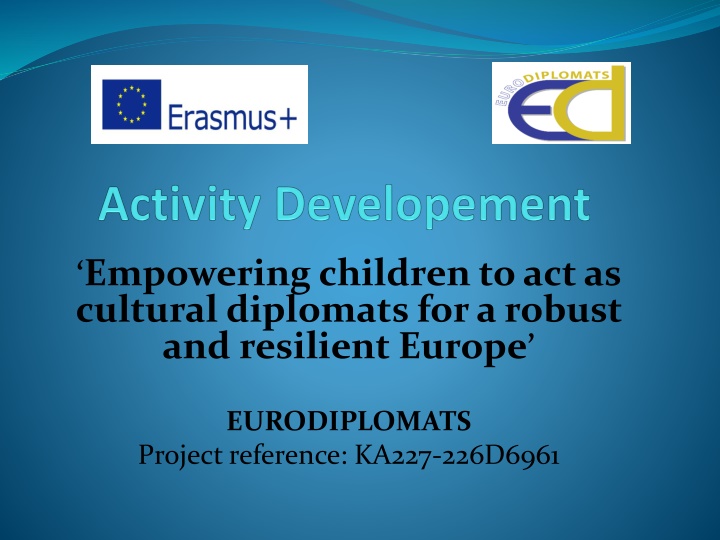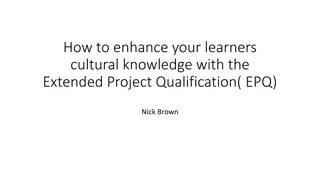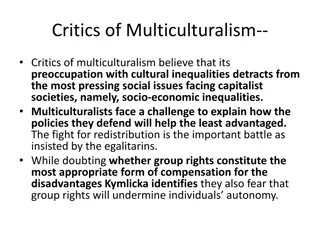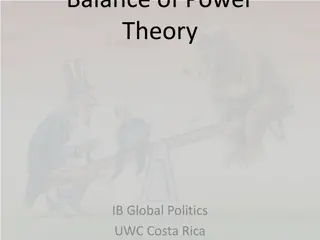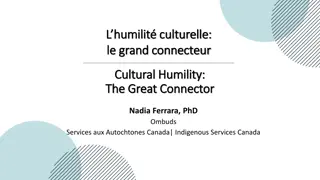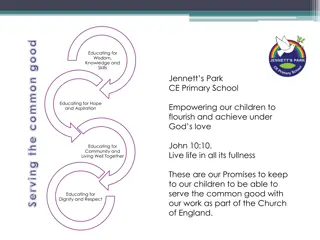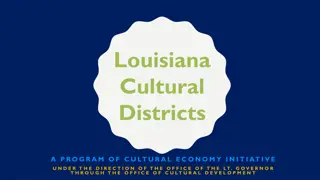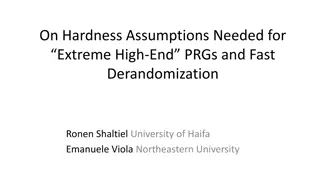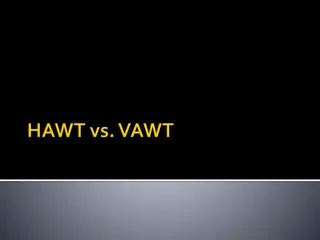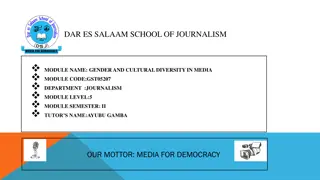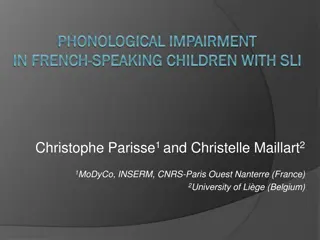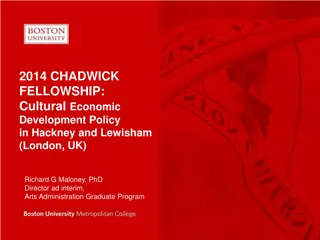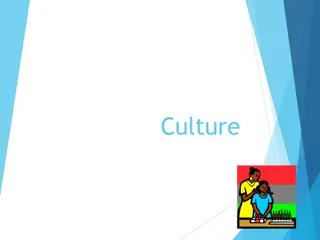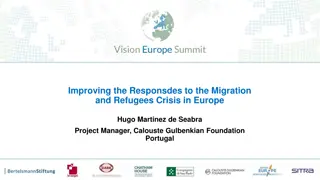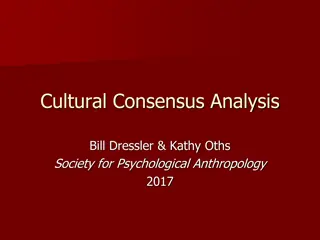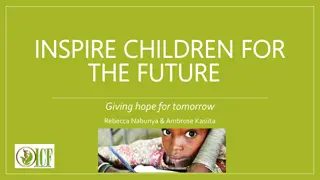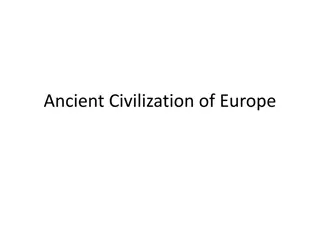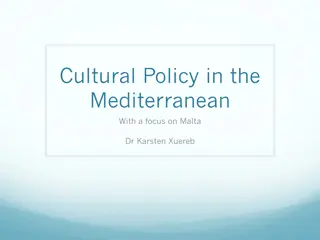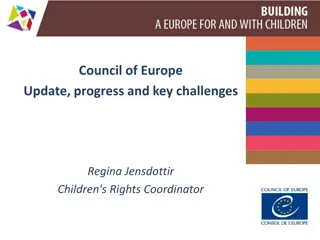Empowering Children as Cultural Diplomats for a Stronger Europe - EURODIPLOMATS Project
Cultural diplomacy involves the exchange of ideas, art, and traditions among nations to promote cooperation and understanding. The goal is to positively influence foreign audiences, build mutual understanding, and prevent conflicts. The EURODIPLOMATS Project focuses on collaborative art-making, storytelling, and digital culture pedagogies to empower children in becoming cultural diplomats.
Download Presentation

Please find below an Image/Link to download the presentation.
The content on the website is provided AS IS for your information and personal use only. It may not be sold, licensed, or shared on other websites without obtaining consent from the author.If you encounter any issues during the download, it is possible that the publisher has removed the file from their server.
You are allowed to download the files provided on this website for personal or commercial use, subject to the condition that they are used lawfully. All files are the property of their respective owners.
The content on the website is provided AS IS for your information and personal use only. It may not be sold, licensed, or shared on other websites without obtaining consent from the author.
E N D
Presentation Transcript
mpowering children to act as cultural diplomats for a robust and resilient Europe EURODIPLOMATS Project reference: KA227-226D6961
What is cultural diplomacy? Cultural diplomacy entails a type of public diplomacy and soft power that refers to the exchange of ideas, information, art, language, and other aspects of culture among nations and their peoples in order to foster cooperation. mutual understanding and The goal of cultural diplomacy is for people coming from a foreign nation to develop a rich understanding of one nation's ideals and institutions so as to build broad support for social, economic, and political goals. Cultural diplomacy is a course of action based on the exchange of ideas, values, traditions, and other aspects of culture or identity, to strengthen relationships cooperation, to promote national interestsand beyond. and socio-cultural
The goal of cultural diplomacy The goal of cultural diplomacy is to positively influence a foreign audience and use that influence, as a means for building mutual understanding, by: - building a positive view of the country's people, culture, and policies, - inducing greater cooperation between the two nations, - supporting change in socio-political policies of the target nation, and - preventing and mitigating conflict.
Axes of the project: The methods Collaborative art-making pedagogy Collaborative story-telling and poetry pedagogy Digital-culture pedagogy
Collaborative art-making Collaborative art-making entails children s collaborative work in order to achieve a common goal within their art group, while learning to share their thoughts (i.e. on culture, art, and language) and emotions, and use critical thought to go into the others emotions. Collaborative art-making may be used as an innovative and more creative research method to examine children s everyday life, experiences, and social interactions. In such a method, children should become co-interpreters of their art creations by being encouraged to comment upon them.
Digital-culture pedagogy: Tools Tele-teams with other schools to produce projects on cultural topics. Children exchange their cultural values and attitudes on e-forums including chat rooms and emailing. Tele-presentations through video-conferencing (use of photographs, videos, audio narrations, and other means of technology). Cross-cultural exchange on social media and the web.
Collaborative storytelling and poetry During collaborative storytelling or poetry, tellers bring different ideas and coordinate with each other trying to create a coherent story or poem. Collaborative storytelling can be developed in linear and nonlinear approaches. Linear stories contain exactly one begin, one middle and one end. All children collaborate on a shared story in the form of relay and no branches can be developed. Children deeply rely on evaluating the relationship, continuality and coherence of story path before sequentially participating in building up the story. Nonlinear stories enable children to link and orchestrate different ideas. Children can thus integrate other s episodes to develop different branches of stories.
Some ideas for activities Dancing to connect Culinary-art diplomacy Using the power of music Digital walks in Europe Explore the lives of ordinary people across Europe Letters from students from one country to another
Websites for ideas https://www.culturaldiplomacy.org/academy/index.ph p?en_historical-acts-of-cd https://www.afsusa.org/educators/lesson- plans/fostering-cultural-diplomacy-in-the-classroom/
Thank you for your attention! hadjisoteriou.c@unic.ac.cy
